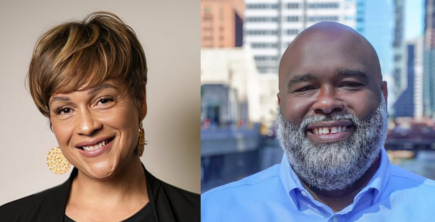
Our Community

Earlier this month, the Tides Learning Community hosted a call with Greenlining Institute‘s Samuel Kang and the Center on Budget and Policy Priorities‘ Ellen Nissenbaum about the ongoing debt ceiling and deficit reduction talks, and the upcoming deadlines from the joint congressional committee. In addition to providing historical background and fiscal context, Nissenbaum warned of the dangers of possible outcomes that rely too heavily on spending cuts without generating new revenue. As Nissenbaum noted, Congress recently passed close to $1 trillion in discretionary spending cuts over the next decade, and the next round of conversations could yield even greater cuts to social services, as well as to entitlement programs that many low-income Americans rely on including Medicare and the Supplemental Nutritional Assistance Program. These cuts hit at a time of high unemployment and increased poverty in the United States, including 20 million Americans who are living below half the federal poverty line.
As such, Nissenbaum highlighted that the major challenge facing the nonprofit and philanthropic sectors will be a greater demand for resources to fill gaps previously supported by local, state, and national programs:
The biggest issue for the nonprofit and philanthropic sectors is that a lot of the cuts that have already been enacted and that are at risk here are cuts that affect the areas that the sector funds and provides critical services in. In fact, it’s worth remembering that in domestic appropriations, one third of that funds state and local governments. So you’re not just talking about the risk of significant cuts in critical services at the federal level, but also at the state level. If we end up with an unbalanced package, the demand on nonprofits and foundations for assistance will be much greater. There will be a much deeper fiscal crisis at the state level than we have now and we will see significant cut backs in critical federal assistance programs, but we will also see cutbacks in the arts, environment, social services, housing, and in a range in areas not just affecting low income people. And the risk is that the demand for limited resources is much higher.
Listen to the complete audio of this fascinating conversation between Kang and Nissenbaum’s using Slideshare below or subscribe to the Tides podcast in iTunes:
The call is part of a series of events entitled Connecting the Dots on the Budget Deal, and is co-sponsored by Greenlining Institute, Mitchell Kapor Foundation, Northern California Grantmakers, and the National Committee for Responsive Philanthropy.
Money image via Flickr user cobalt123, used with Creative Commons license.

Read the stories and hear the voices of social change leaders fighting for justice.